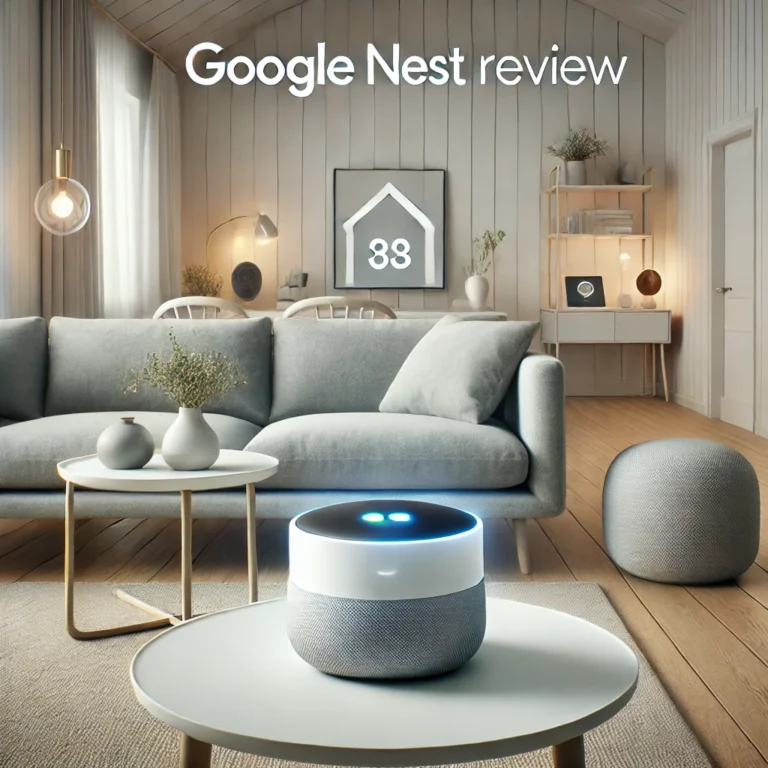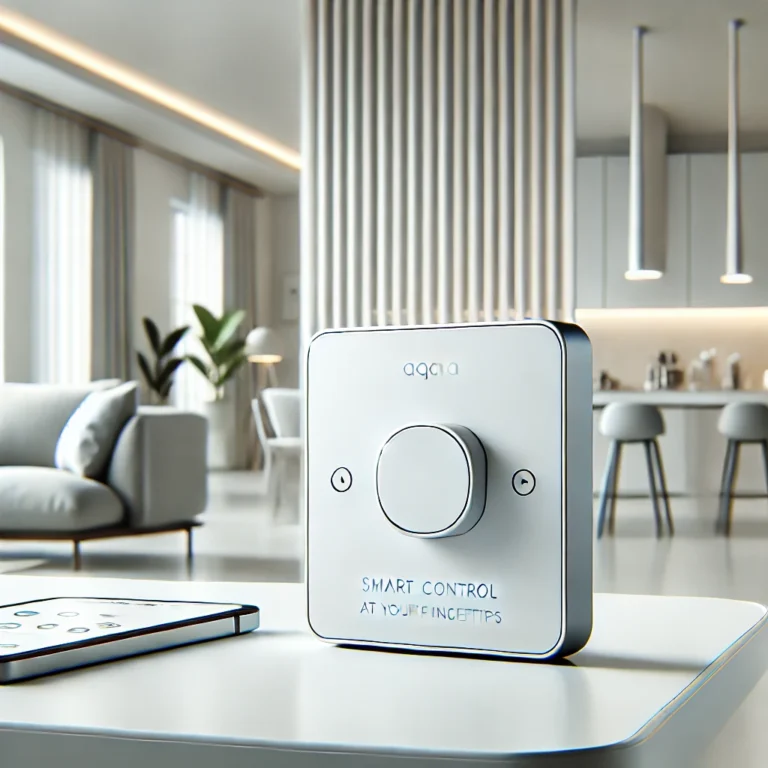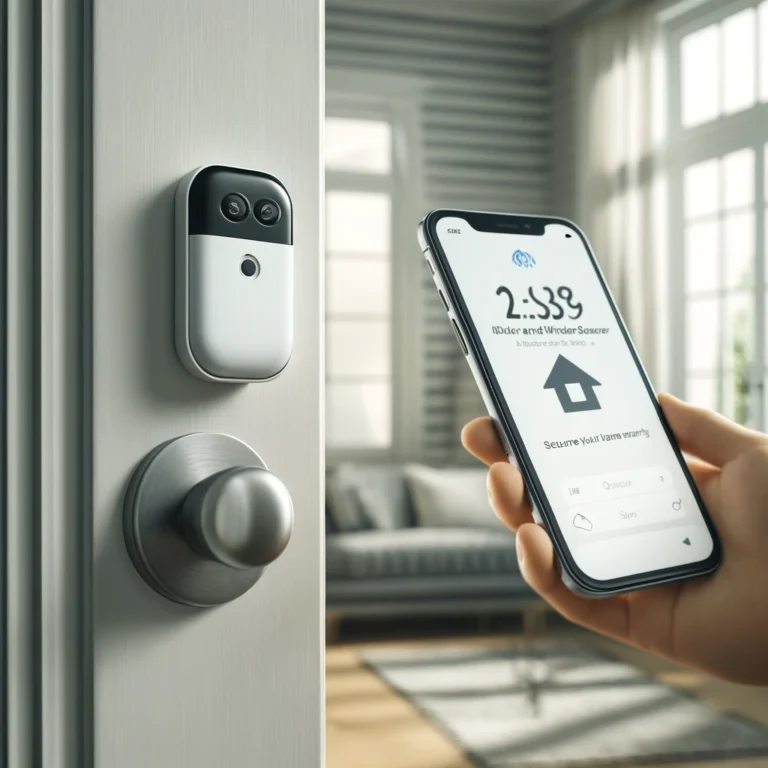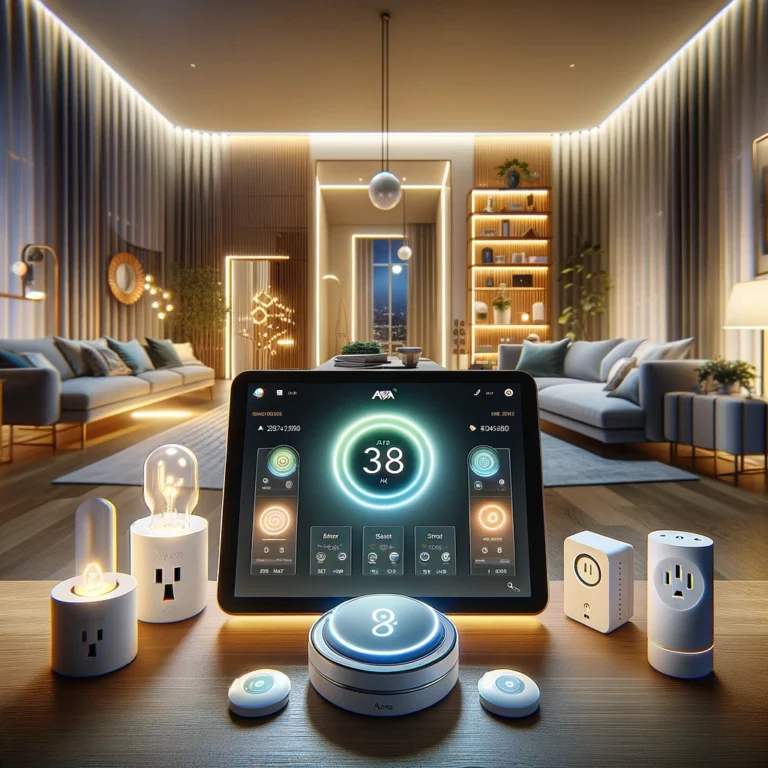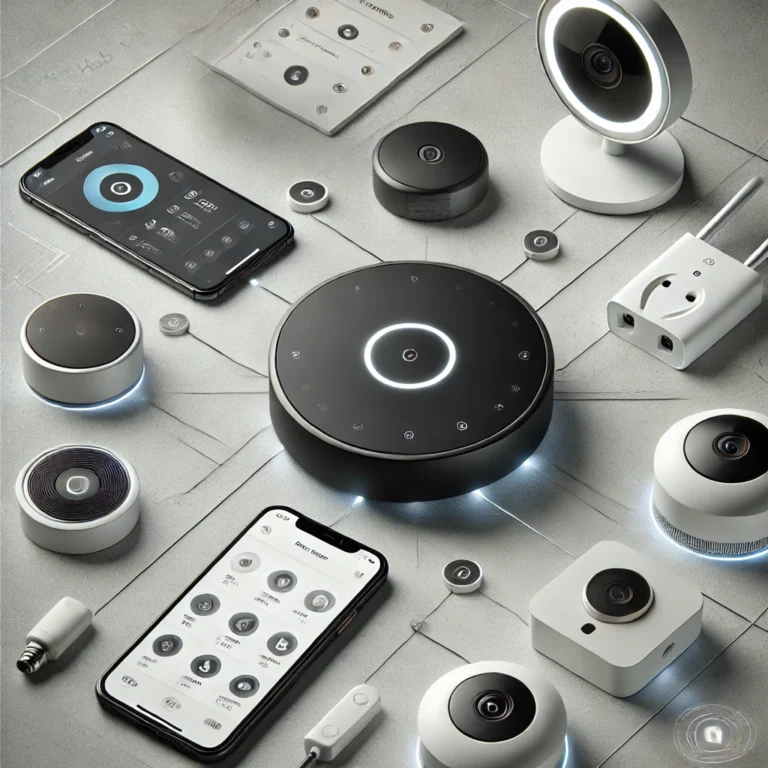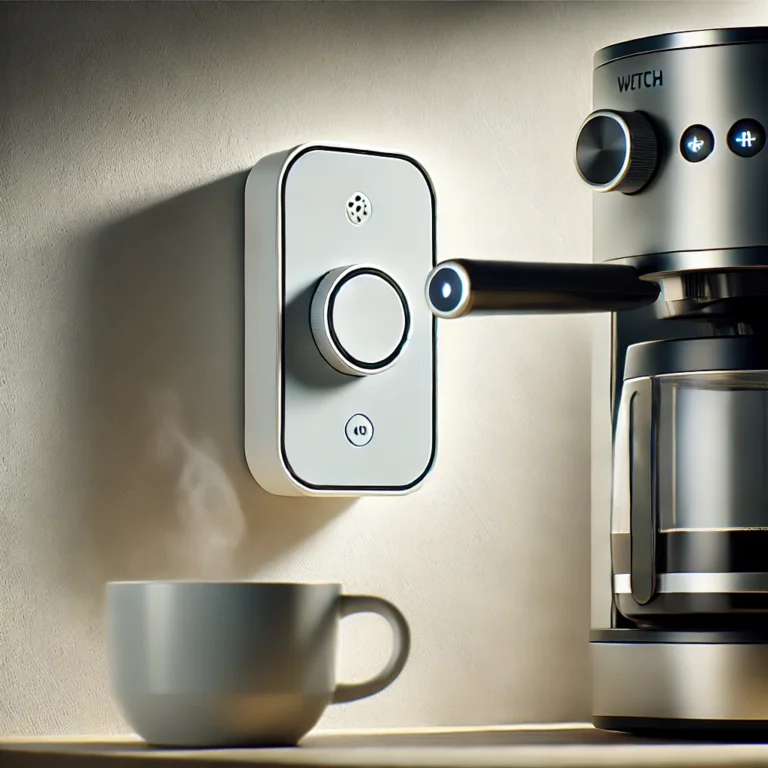Common Mistakes to Avoid When Setting Up Home Automation Hubs: A Comprehensive Guide
Home automation hubs act as the brain of a smart home system, allowing you to control various smart devices from one central location. However, setting up a home automation hub can be daunting, especially if you’re not familiar with the process. Mistakes during the setup process can lead to frustration, inefficiency, or even system failure. This comprehensive guide will walk you through common mistakes to avoid when setting up your home automation hub and provide practical tips for a smooth installation process.
We decided to give you the ten main areas that you need to check if you’re looking to set up your home automation hub. This will help you if you are a complete beginner, it will also help you if you are yet to buy your home automation hub and want a guide to make sure that everything runs smoothly.
Be sure to check out our home automation hub reviews as well.
Click here to check out the best home automation hubs…
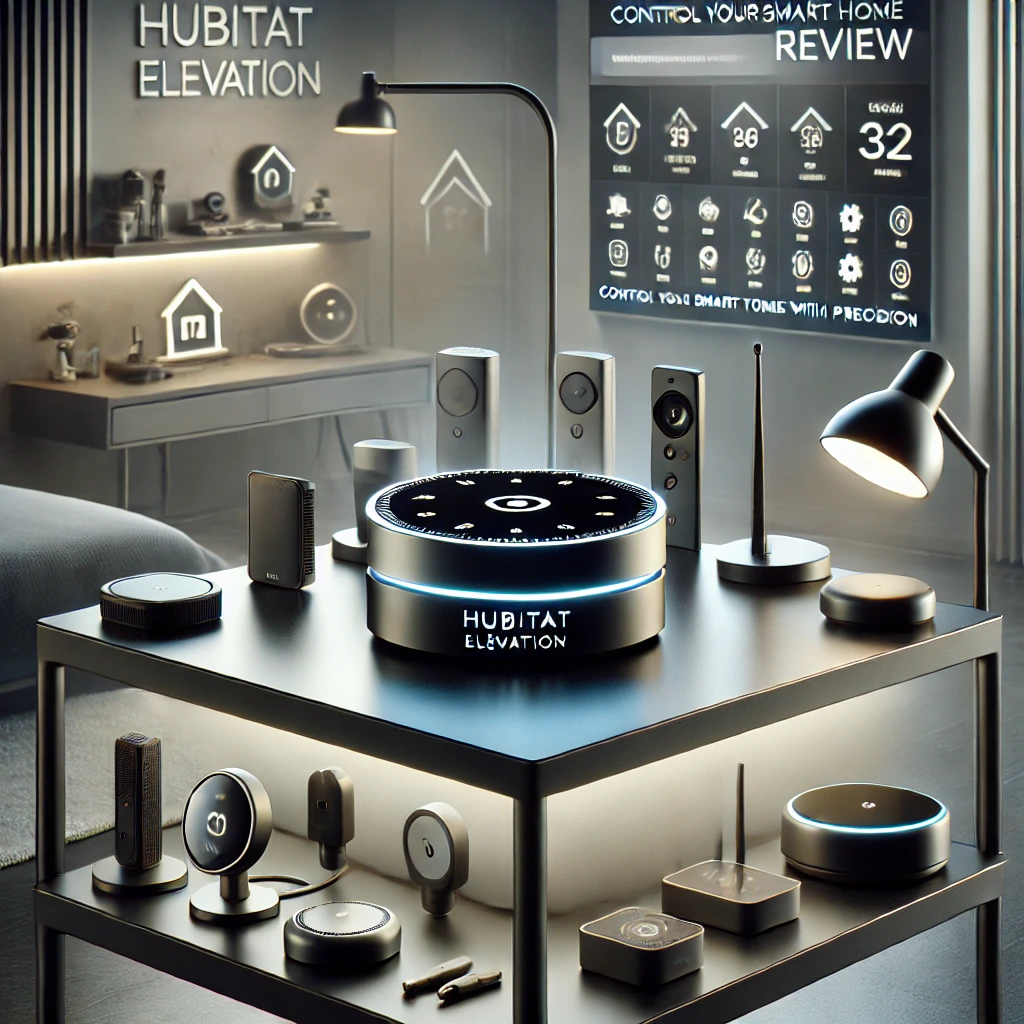
Choosing the Wrong Hub for Your Needs
Mistake: Rushing to buy a hub without understanding your requirements
One of the most common mistakes people make is selecting a home automation hub without considering their specific needs. There are numerous types of hubs on the market, each offering different features and protocols (such as Zigbee, Z-Wave, and Wi-Fi). Some hubs are better for complex setups, while others are ideal for basic smart home management.
Solution:
Assess your requirements: Determine the number and types of devices you plan to connect. Will you need advanced automation or just basic controls?
Research different hubs: Compare popular hubs like SmartThings, Hubitat, or Amazon Echo, and understand the ecosystems they support.
Future-proof your setup: Consider whether the hub allows for future expansion of your smart home system.
Remember, if you’re just starting out we highly recommend going for a simple hub with high compatibility. For what these hubs may lack in extra features it will give you a far easier time of setup.
Not Checking Device Compatibility
Mistake: Buying devices that aren’t compatible with your hub
Not all smart devices work with every hub. For instance, some devices only support specific protocols like Zigbee or Z-Wave, while others may work only over Wi-Fi. This is a common mistake that can lead to frustration when you realize that your new smart lights or thermostat won’t connect to the hub.
Solution:
Check compatibility before purchase: Always verify whether a device is compatible with your chosen hub. Most hub manufacturers provide a list of compatible devices on their websites.
Stick to a single ecosystem: For simplicity, try to purchase devices from the same brand or ecosystem, ensuring seamless integration.
This is probably one of the most important points, although you cannot change your products. For instance if you are using a lot of Google products or Apple then you are unlikely to change the product, however you must make sure that you get a hub that is compatible.
The good news is, most home automation hubs will let you know whether they are compatible and give you a list of the features.
Poor Network Planning
Mistake: Underestimating the importance of a stable network
A common pitfall in home automation is overlooking the importance of a solid home network. If your network isn’t reliable, your smart devices may fail to respond or lose connection, especially if you have many devices.
Solution:
Upgrade your router: Ensure your home router can handle multiple smart devices, especially if you’re connecting via Wi-Fi.
Use wired connections when possible: For devices that support Ethernet, such as hubs and security cameras, a wired connection can provide more stability.
Set up a mesh network: If your home is large or has dead zones, consider a mesh Wi-Fi system to improve coverage.
A really simple thing to check is the coverage of your Wi-Fi, you can upgrade your router as we have recommended above, however we also recommend that you get yourself some extenders to make it far easier to improve the strength of your connection.
One of the biggest areas Poor network planning is your Wi-Fi range which can be fixed inexpensively and simply.
Overcomplicating the Setup
Mistake: Setting up too many devices at once
Another mistake people make is trying to integrate too many devices at the same time. This can lead to confusion, improper configuration, or even system overloads, making it hard to troubleshoot when things go wrong.
Solution:
Start small: Begin with a few key devices, such as lights, thermostats, or security systems. Once you’ve successfully configured them, gradually add more devices.
Take your time: Learn how each device integrates with the hub and how automations work before expanding your system.
Skipping Firmware and Software Updates
Mistake: Ignoring essential updates
Home automation devices frequently receive firmware and software updates to improve functionality and security. Skipping these updates can lead to performance issues or vulnerabilities in your system.
Solution:
Regularly check for updates: Make sure your hub and connected devices are running the latest firmware and software. Enable automatic updates if possible.
Read update notes: Sometimes, updates may change the way devices work. Understanding what’s being updated can help you avoid confusion or problems post-update.
This is a really easy one to fix and most good home automation hubs will have updates during the setup, just make sure that they are installed properly and a good idea as to check out a Reddit group for your hub if you run into any problems here.
Ignoring Security Measures
Mistake: Failing to secure your home automation system
Smart home systems are increasingly becoming targets for cyber-attacks. Weak security protocols can leave your home vulnerable, especially if your hub and devices are connected to the internet.
Solution:
Use strong passwords: Set up unique, complex passwords for your hub and any associated apps.
Enable two-factor authentication (2FA): If your hub or system offers it, use 2FA to add an extra layer of security.
Segment your network: Create a separate guest network for your smart devices to limit access from your primary network.
Improper Device Placement
Mistake: Placing devices too far from the hub or router
Placing your devices in areas with poor signal strength or far from the hub can cause connectivity issues, leading to delayed responses or devices going offline.
Solution:
Plan device placement strategically: Ensure that devices like sensors, cameras, and lights are within range of the hub or routers.
Use range extenders: For larger homes or areas with poor signal, install range extenders or repeaters to strengthen the network connection between devices and the hub.
NOTE: This problem can also be solved via our advice above by making sure that you have a strong Wi-Fi signal.
Failure to Create Automation Scenarios
Mistake: Not utilizing the full potential of automations
Some users set up their devices but don’t take full advantage of the automation features. This results in missed opportunities to streamline everyday tasks.
Solution:
Explore automation options: Use the hub’s app to create automation rules. For example, set lights to turn on at sunset or the thermostat to adjust based on your location.
Test different scenarios: Experiment with simple automations before creating more complex ones. This will help you understand how devices interact with each other.
This is not really a mistake however by getting to grips with using scenarios you will be able to make the full use of automation properly.
Not Testing the System Properly
Mistake: Skipping the testing phase
Once the setup is complete, some users assume everything will work smoothly, only to face problems later when certain devices don’t respond as expected.
Solution:
Test every device: After setting up each device, test it thoroughly to ensure it works as intended.
Simulate different scenarios: Test automations and scenarios under various conditions to ensure your system responds properly.
Conclusion
Setting up a home automation hub can be a rewarding experience, but it’s essential to avoid common mistakes that can lead to frustration and inefficiency.
By choosing the right hub, checking compatibility, securing your network, and utilizing automation, you can create a smart home that’s both functional and future-proof. Take the time to plan carefully, and your home automation system will provide convenience, security, and energy savings for years to come.
By following the above you should have no problems getting a home automation hub which will work for you. You will also be able to set it up without any issues.
Be sure to check out our reviews to make sure that you get the best home automation hub for you.
